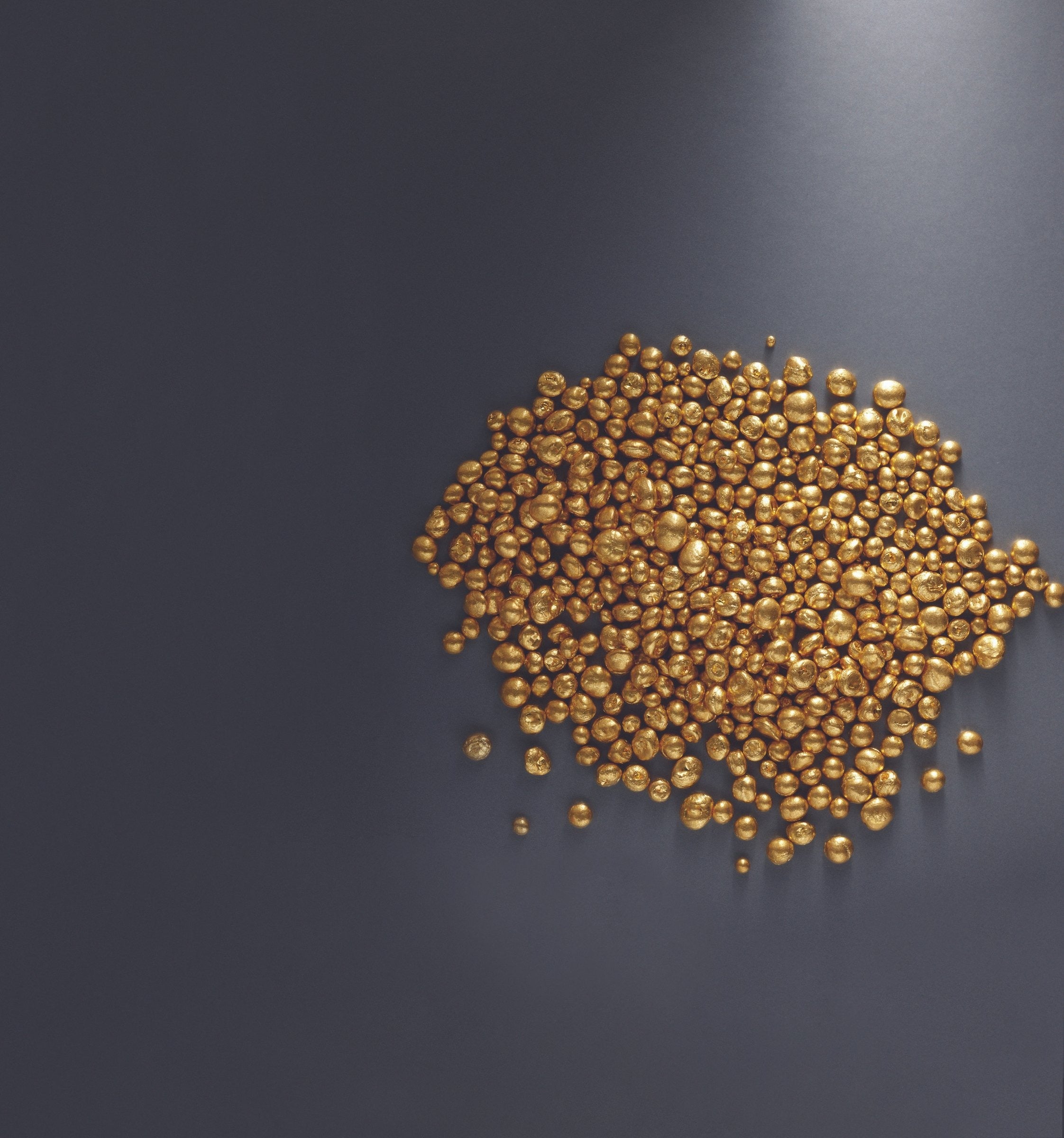When shopping for gold jewelry, you may come across terms like 10k, 14k, 18k, and 24k. These numbers indicate the purity or fineness of gold, representing the percentage of pure gold in the metal composition. Here's a breakdown of what each of these markings means:
10k Gold (10 Karat)
- Purity: 10k gold contains 41.7% pure gold (or 41.7% gold by weight).
- Composition: The remaining 58.3% consists of other metals, which are alloyed to increase durability and strength.
- Characteristics: 10k gold is the least pure form of gold used in jewelry in the United States. It is more affordable and durable but has a less vibrant color compared to higher karats.
14k Gold (14 Karat)
- Purity: 14k gold contains 58.3% pure gold (or 58.3% gold by weight).
- Composition: The remaining 41.7% consists of alloyed metals.
- Characteristics: 14k gold strikes a good balance between gold purity and durability, making it a popular choice for jewelry. It offers a richer color compared to 10k gold while maintaining good strength.
18k Gold (18 Karat)
- Purity: 18k gold contains 75% pure gold (or 75% gold by weight).
- Composition: The remaining 25% consists of alloyed metals.
- Characteristics: Known for its higher purity, 18k gold has a brighter, more vibrant color compared to 14k gold. It is softer than 14k gold but offers a luxurious appearance.
24k Gold (24 Karat)
- Purity: 24k gold is pure gold, with no other metals mixed in.
- Composition: It is 99.9% pure gold (or 99.9% gold by weight).
- Characteristics: 24k gold is the highest purity of gold available, with a deep, rich color. However, it is also the softest and most malleable form of gold, making it less suitable for everyday jewelry due to its tendency to scratch and bend.
Choosing the Right Karat for Your Jewelry
The karat markings indicate the percentage of pure gold in the jewelry, with higher karat numbers representing a higher gold content. Here are some factors to consider when choosing the right karat for your jewelry:
- Color: Higher karat gold, such as 18k and 24k, has a richer, more vibrant color compared to 10k and 14k gold.
- Durability: Lower karat gold, such as 10k and 14k, is more durable and resistant to scratching and bending due to the higher content of alloyed metals.
- Cost: Higher karat gold is generally more expensive due to the higher gold content. Your budget will play a significant role in your choice.
- Usage: Consider how and when you will wear the jewelry. For everyday wear, 14k gold is a popular choice due to its balance of durability and beauty. For special occasions, higher karat gold, like 18k, may be preferred for its luxurious appearance.
In summary, the choice of karat depends on your personal preference for color, durability, and budget. Whether you prefer the affordability and durability of 10k gold or the luxurious purity of 24k gold, understanding these differences will help you make an informed decision when purchasing gold jewelry.



